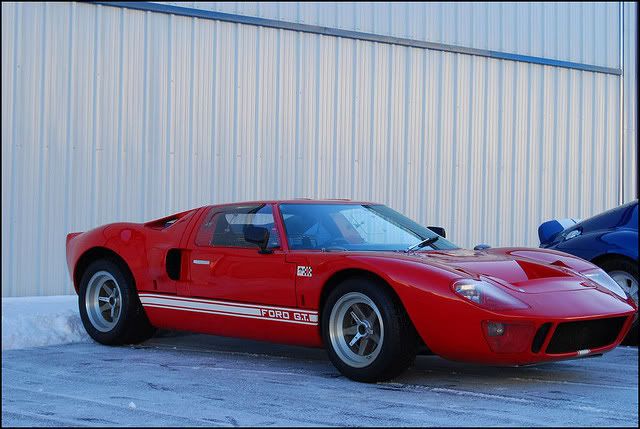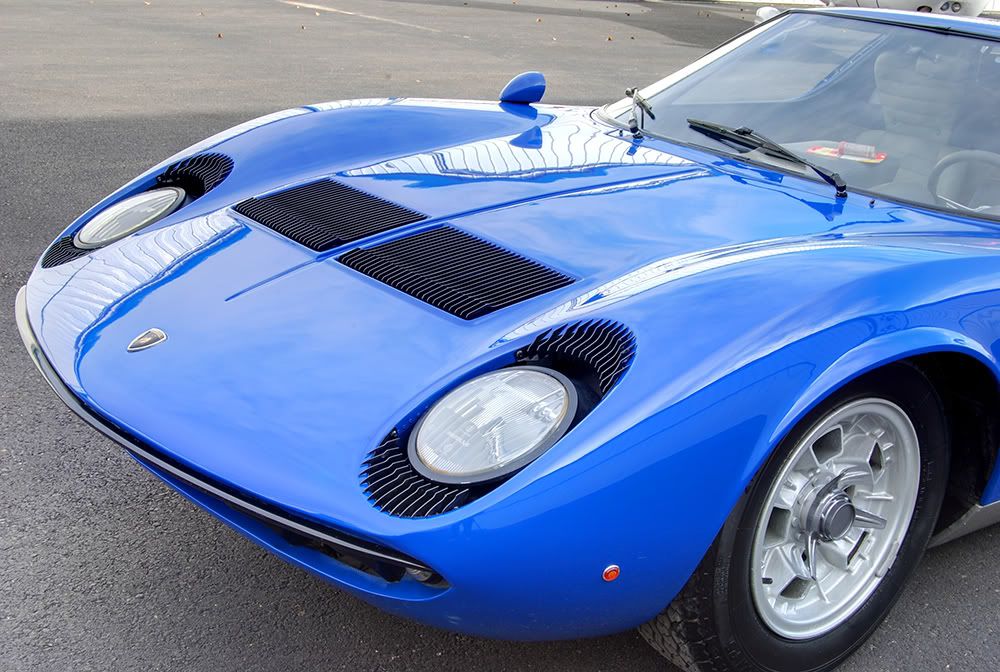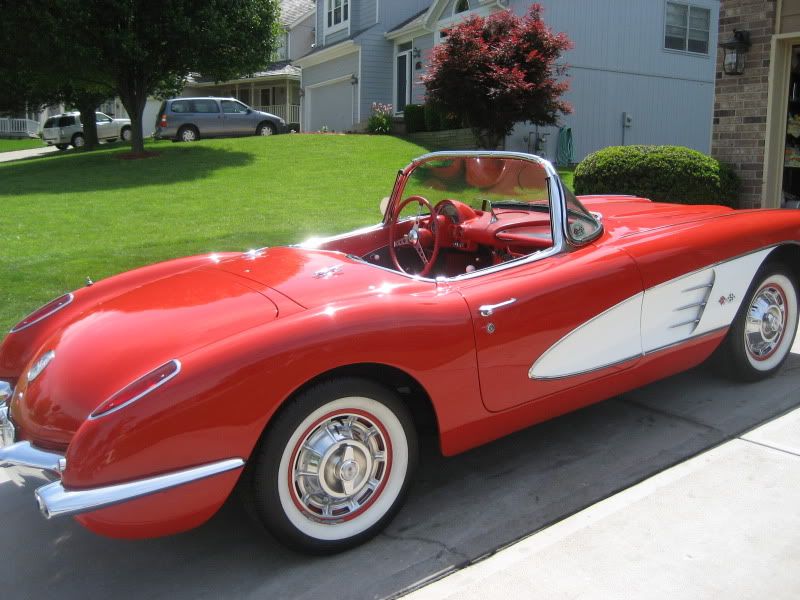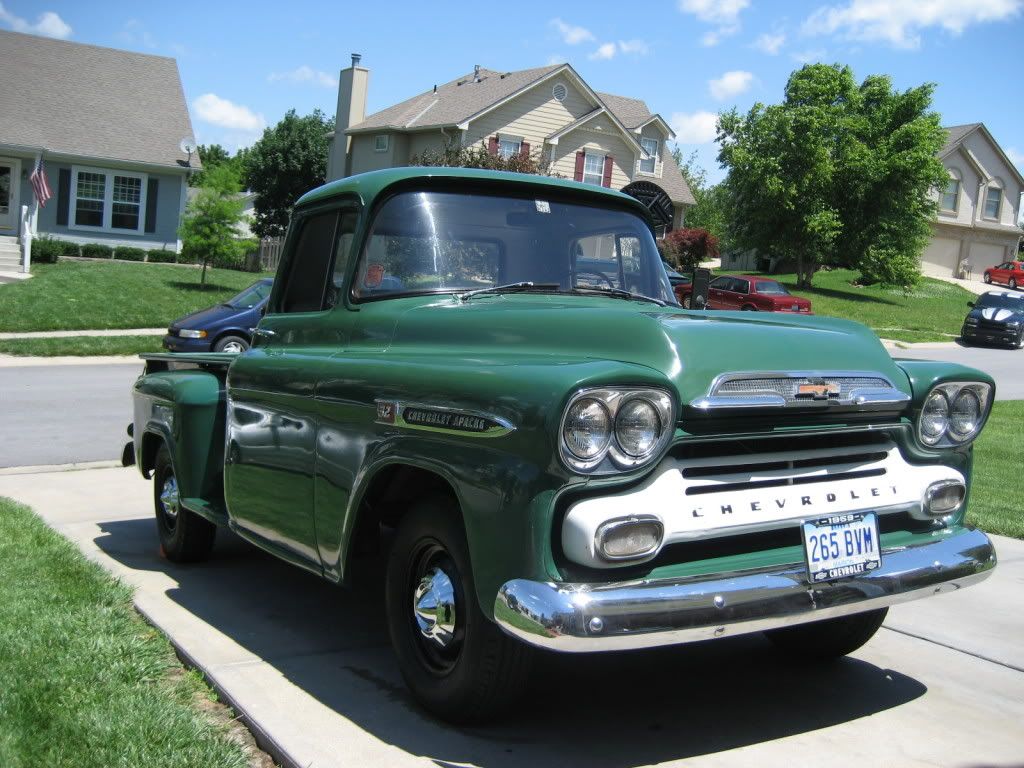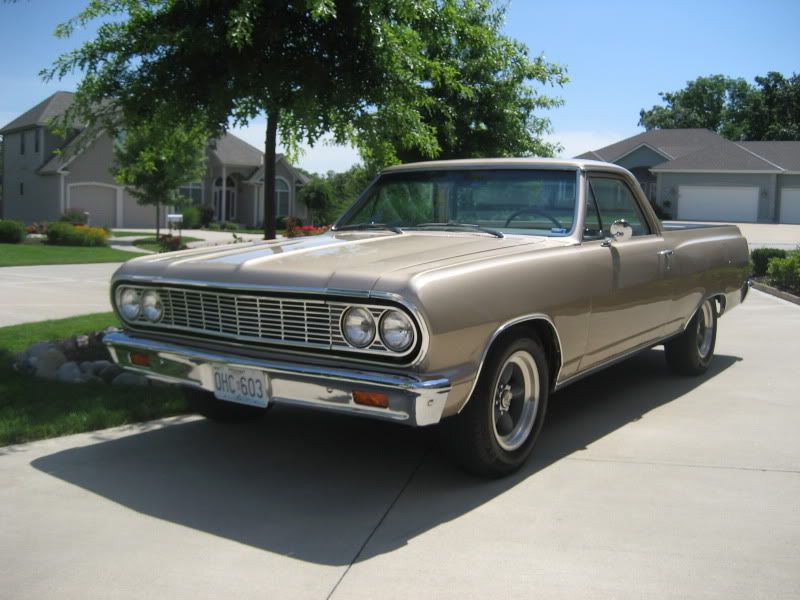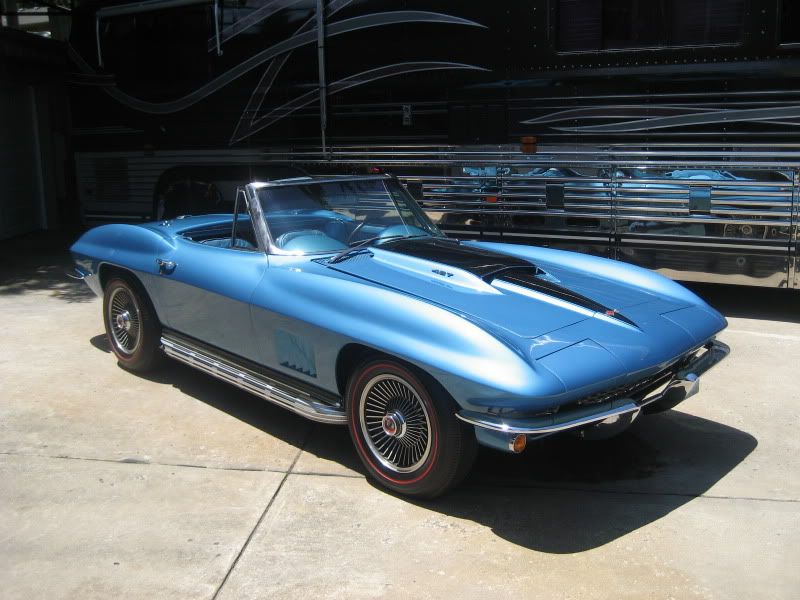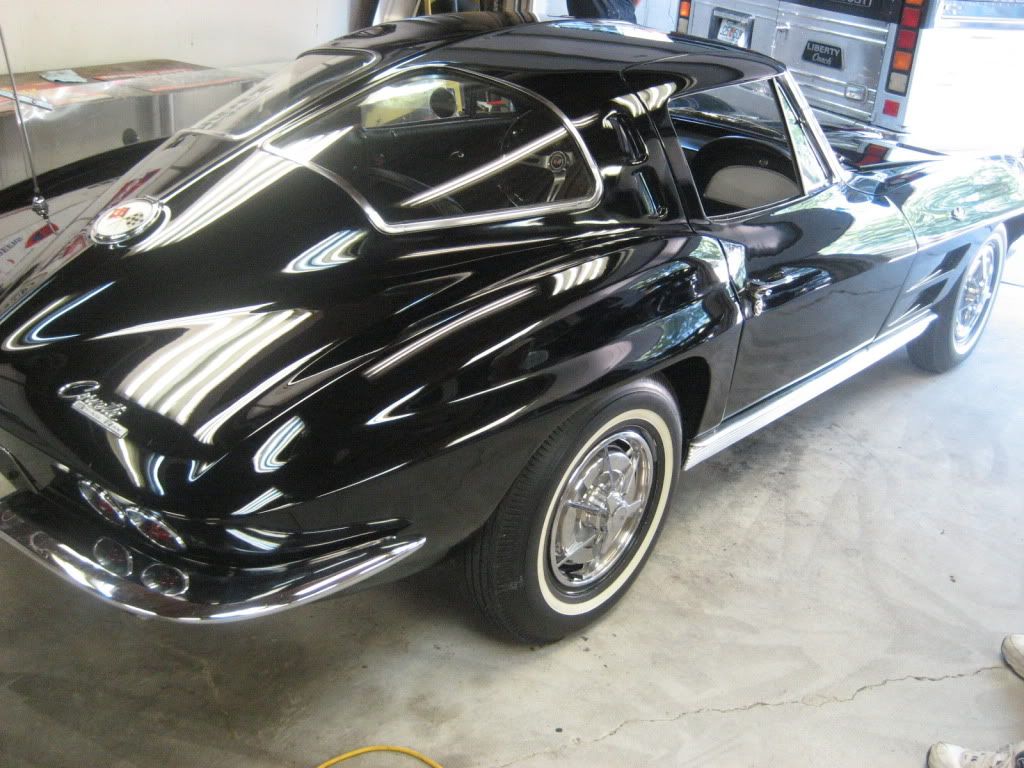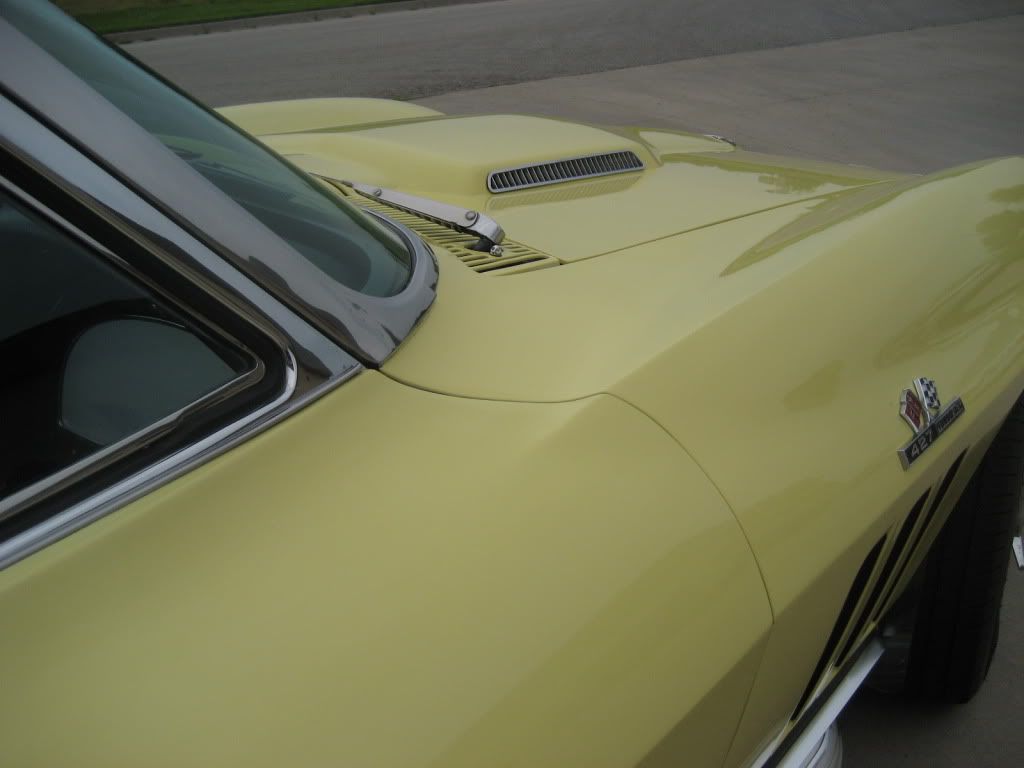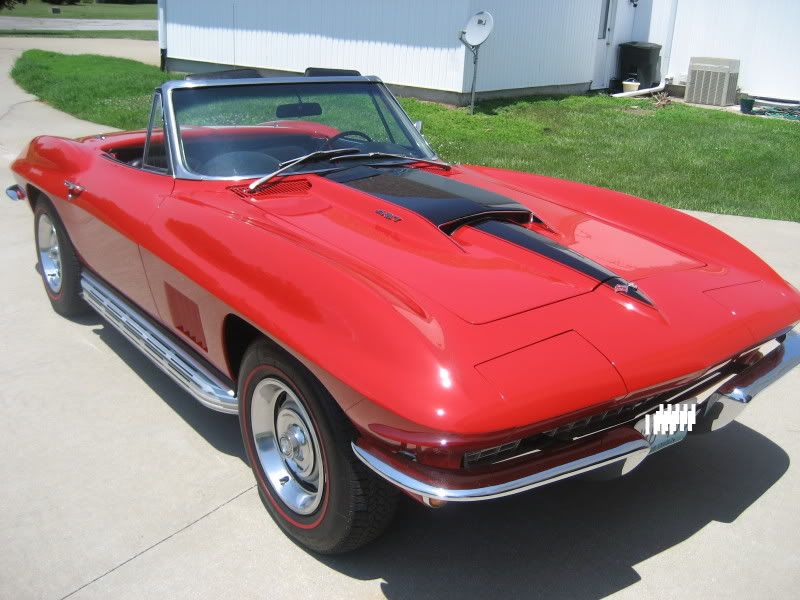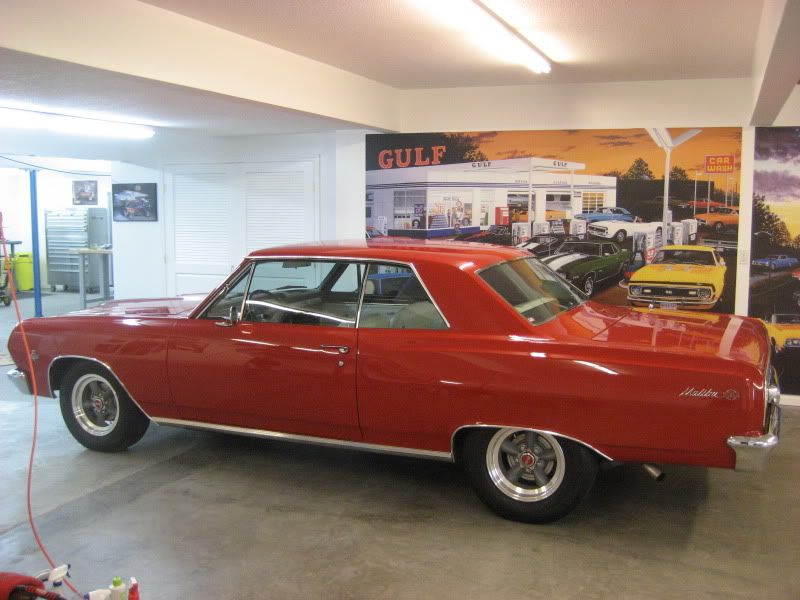My friend showed me this intersting link at : http://www.aircraftpolish.com/specrolite.html
I was just wondering if anyone has used these products before.
I was just wondering if anyone has used these products before.
Follow along with the video below to see how to install our site as a web app on your home screen.
Note: This feature may not be available in some browsers.
I am new to this site looking for some guidence.
I have 3 very low milage antique cars in above average original condition with original finishes - a '46 Nash 600, a '47 Buick Roadmaster, and a '58 Rambler Custom. All three are black. I plan to detail them in the spring and am wondering if there are any do's or don't's regarding non-clearcoated finishes.
I searched through the forum and could not find any reference to this.
Thanks for any advice. I have a PC that I plan on using.




